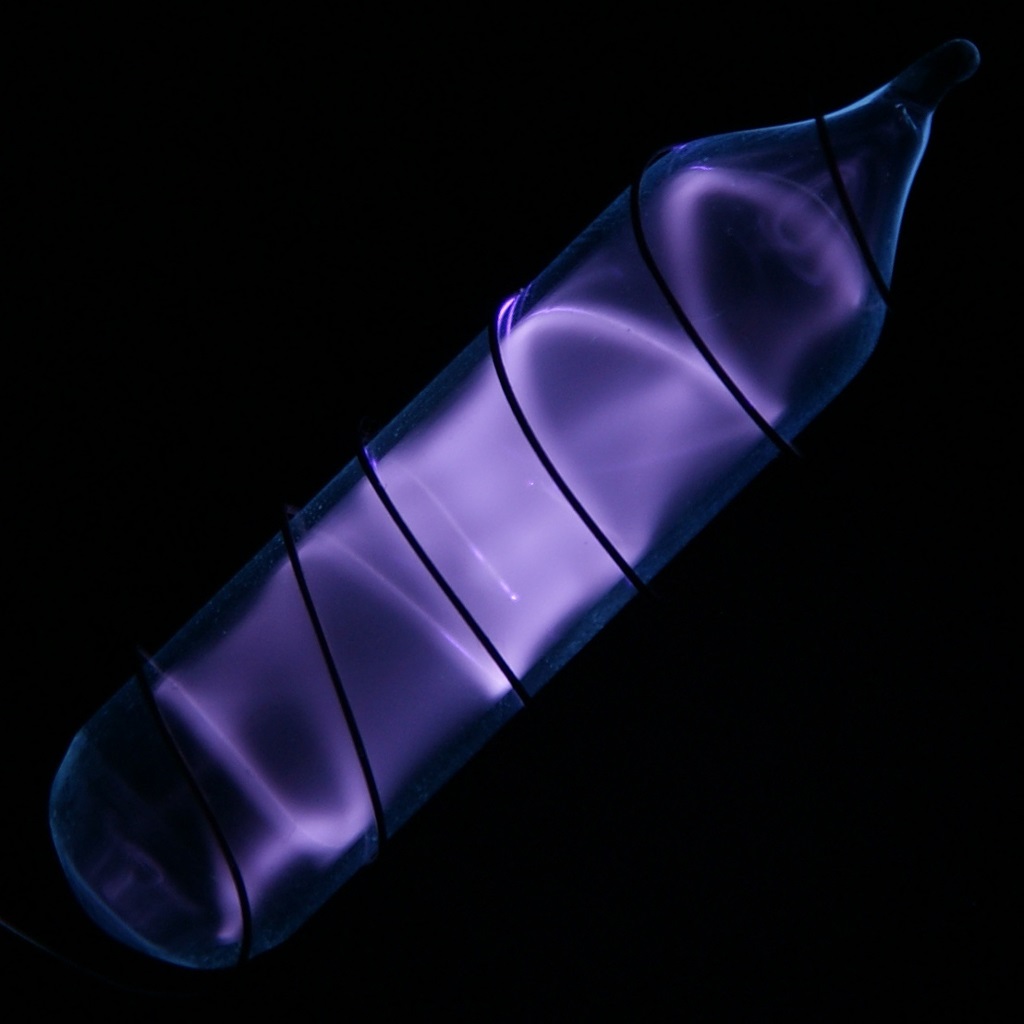Hydrogen
1
H
Gruppe
1
Periode
1
Blokk
s
Proton
Elektron
Nøytron
1
1
0
Generelle eigenskapar
Atomnummer
1
Atommasse
1,00794
Massetal
1
Kategori
Ikkje-metall
Farge
Fargelaus
Radioaktiv
Nei
From the Greek word hydro (water), and genes (forming)
Krystallstruktur
Enkel heksagonal
Historie
Henry Cavendish was the first to distinguish hydrogen from other gases in 1766 when he prepared it by reacting hydrochloric acid with zinc.
In 1670, English scientist Robert Boyle had observed its production by reacting strong acids with metals.
French scientist Antoine Lavoisier later named the element hydrogen in 1783.
In 1670, English scientist Robert Boyle had observed its production by reacting strong acids with metals.
French scientist Antoine Lavoisier later named the element hydrogen in 1783.
Elektron per energinivå
1
Elektronkonfigurasjon
1s1
Hydrogen is the primary component of Jupiter and the other gas giant planets
Fysiske eigenskapar
Tilstandsform
Gass
Tettleik
0,00008988 g/cm3
Smeltepunkt
14,01 K | -259,14 °C | -434,45 °F
Kokepunkt
20,28 K | -252,87 °C | -423,17 °F
Smeltevarme
0,558 kJ/mol
Fordampingsvarme
0,452 kJ/mol
Spesifikk varmekapasitet
14,304 J/g·K
Førekomst i jordskorpa
0,15%
Førekomst i universet
75%

CAS-nummer
1333-74-0
PubChem CID-nummer
783
Atom eigenskapar
Atomradius
53 pm
Kovalent radius
31 pm
Elektronegativitet
2,2 (Paulings skala)
Ioniseringspotensial
13,5984 eV
Molart volum
14,4 cm3/mol
Termisk konduktivitet
0,001815 W/cm·K
Oksidasjonstrinn
-1, 1
Bruksområde
Liquid hydrogen is used as a rocket fuel.
Hydrogen is commonly used in power stations as a coolant in generators.
Hydrogen's two heavier isotopes (deuterium and tritium) are used in nuclear fusion.
Used as a shielding gas in welding methods such as atomic hydrogen welding.
Hydrogen is commonly used in power stations as a coolant in generators.
Hydrogen's two heavier isotopes (deuterium and tritium) are used in nuclear fusion.
Used as a shielding gas in welding methods such as atomic hydrogen welding.
Hydrogen poses a number of hazards to safety, from fires when mixed with air to being an asphyxiant in its pure form
Isotopar
Stabile isotopar
1H, 2HUstabile isotopar
3H, 4H, 5H, 6H, 7H